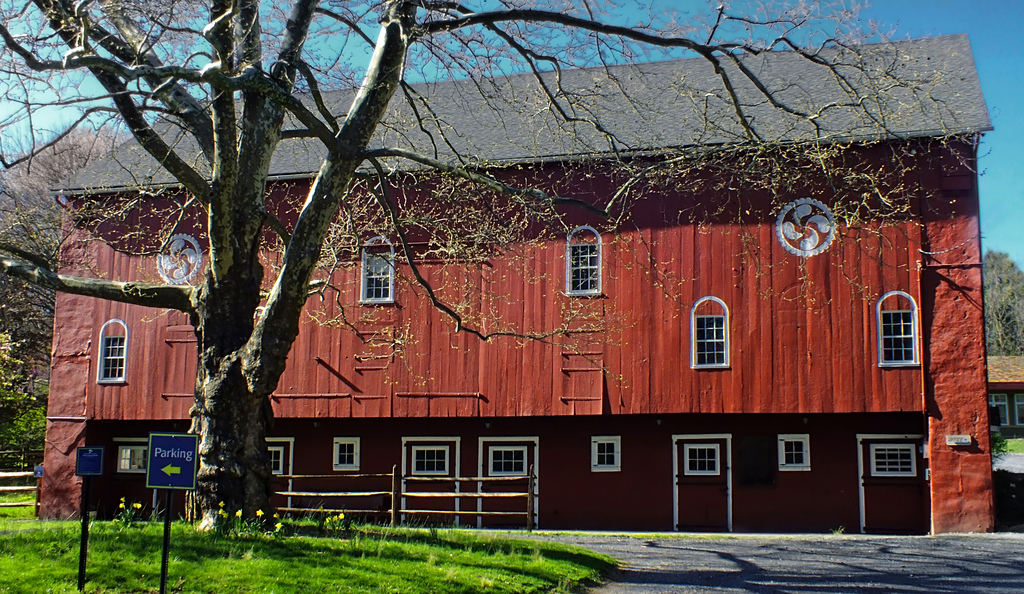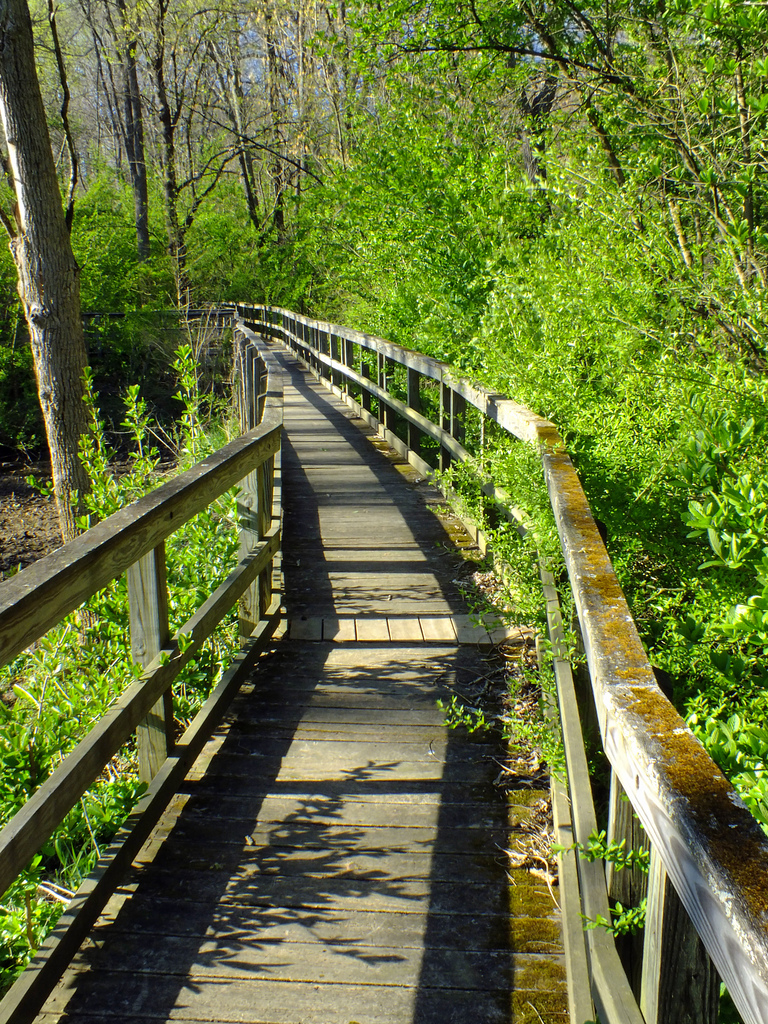New sensory walking trail gives access to the visually impaired
The recently dedicated Wildlands Conservancy Pool Wildlife Sanctuary’s new sensory walking trail for the blind and visually impaired offers visitors of all abilities a multidimensional nature experience.
Located in Emmaus, PA, the half-mile-long trail offers a thick rope for visitors to hold as they walk along the path, which is marked by kiosks presenting wildlife information in braille and in large print. Other highlights include, imprints of animal tracks along with accompanying descriptions and a “Seasonal Box” with new items for each of the seasons, such as pine cones, acorns, a bird’s nest, and deer antlers.

An entrance to the Pool Wildlife Sanctuary. From Nicholas A. Tonelli.
The trail was in part the brainchild of Kevin Cope, chief executive officer of the nonprofit Lehigh Valley Business Group. Cope first visited a sensory trail nearly thirty years prior—an experience which “allowed me to open up my senses and really appreciate my sight”—and had wanted to create a similar trail ever since. Cope, along with Boy Scout Devin Garcia (who earned his Eagle Scout badge as a result of his contributions to the project), the Wildlands Conservancy, and many volunteers, planned the trail along a lesser used section of the Conservancy’s land.
Project partners include the Lehigh Valley Business Group, ESSA Bank, Cedar Crest College (whose students, supervised by Dr. Amy Faivre, mapped the trail using a Geographical Information System and GPS, which provides data for trail design and usage), Plantique, Rodale, Air Products, LSI Corp, Thermo Fischer, and Boy Scout Troop 413, among others. After four months of planning, and three weekends of setting up the ropes and kiosks, clearing brush, and painting, the new sensory trail came to fruition, and was dedicated on August 27.

A walking trail at the Pool Wildlife Conservancy. From Nicholas A. Tonelli.
In addition to providing a service for those with impaired vision, the trail will also be used as an educational tool for teaching children and adults alike about the power of the senses of sight, smell, touch and sound—as well as the impact of sensory loss, such as vision impairment.
As Cope told Patch, visitors will learn about the challenges those with vision loss and impairment face. “It’s a wake up… If I ever lose my vision, what would it be like?” The Wildlands Conservancy has already hosted groups of children—some wearing vision impairment goggles, others blindfolded—on the trail.
In addition to the Seasonal Box, nature’s own changing seasons will impact the sensory trail throughout the year. As Carl Martin, the Wildlands’ director of property stewardship told McCall’s, “We can manipulate the vegetation here to enhance other sensory opportunities,” such as quaking aspens, a type of tree, create a rainfall sound when blowing in the wind. “It will be a changing palette for the senses.”
As one recent visitor, Rita Lang, told the Center for Vision Loss, “Our visit today was the first of many that we will make as a customer group in the future… We plan to return for different experiences as the seasons change.”
Category: ADA















